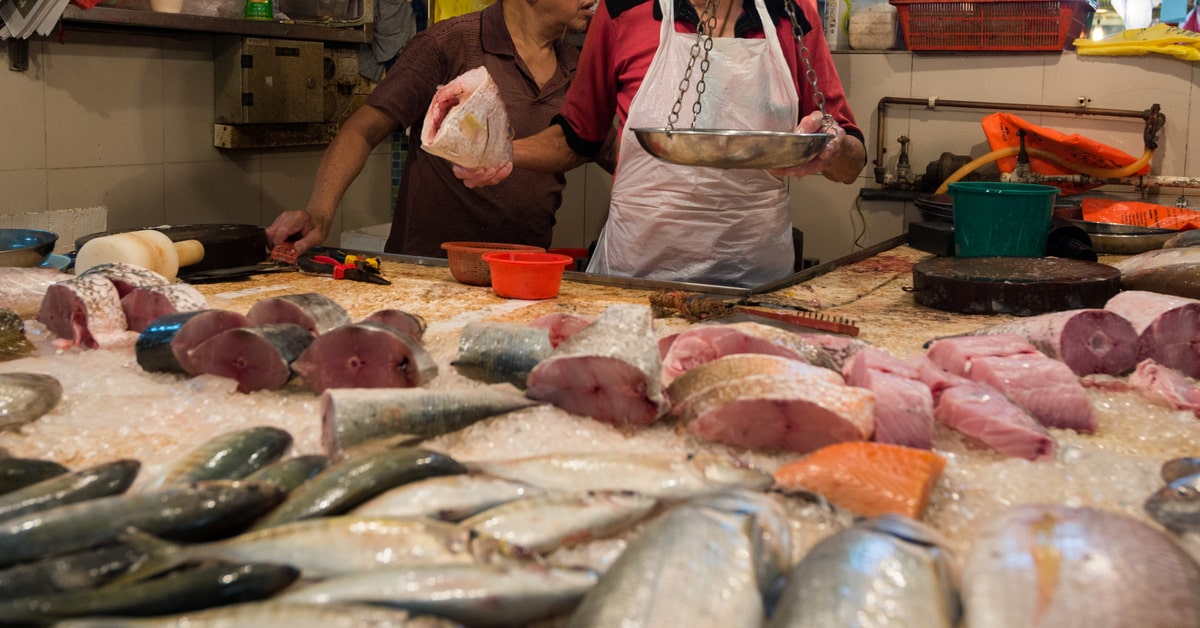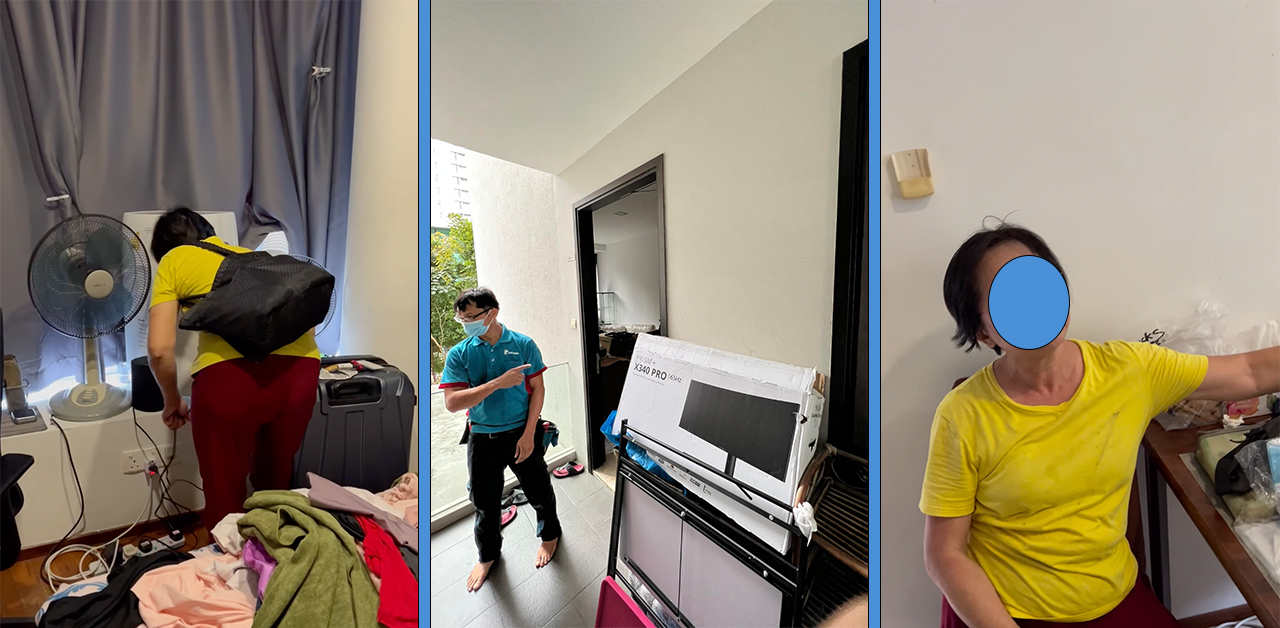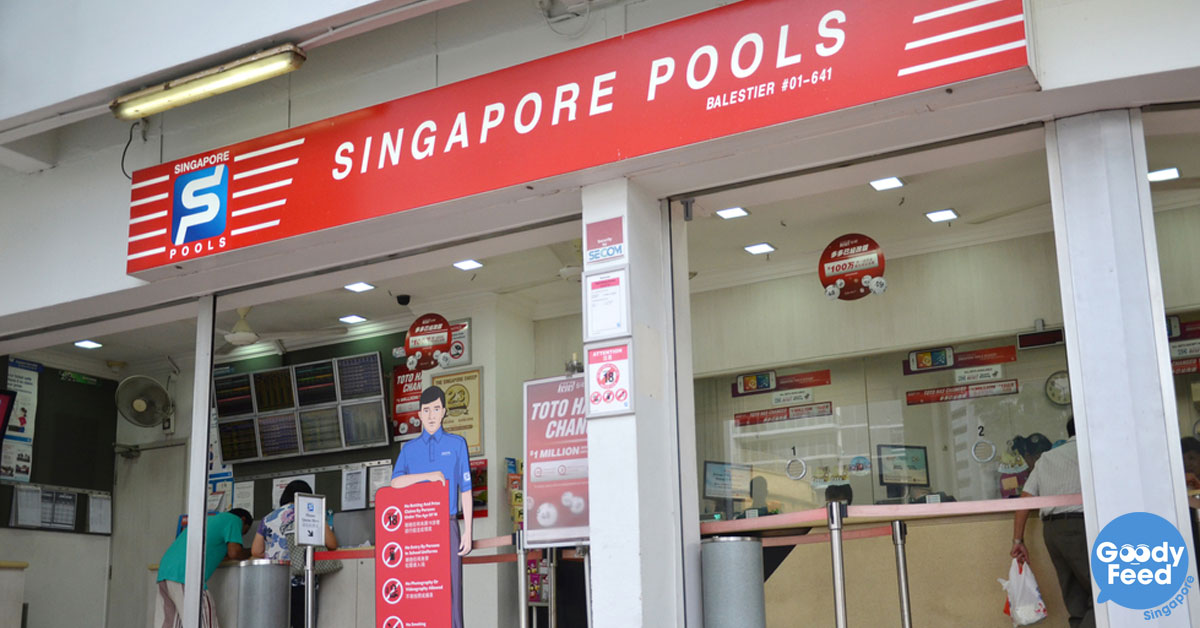Unlike what many of us thought, the return to Phase 2 (Heightened Annoyance) was not caused by KTV visitors, or satay lovers, as some have labelled them.
As our Health Minister Ong Ye Kung explained, the authorities believed they could control the KTV cluster.
What did cause the slide back to Phase 2 (HA) was the Jurong Fishery Port cluster.
With 1,045 infections, the cluster is still our biggest active cluster.
Despite surpassing 1,000 cases recently, the seaport has finally reopened.
Jurong Fishery Port Reopened After 2 Rounds of Deep Cleaning
Jurong Fishery Port (JFP) reopened on Saturday (31 July), after two weeks of closure.
In a Facebook post yesterday (1 Aug), the Singapore Food Agency (SFA) said that the entire site had undergone two rounds of deep cleaning before it was reopened.
Since then, tenants have been making arrangements to resume wholesale market operations today.
“We also briefed the tenants today on JFP’s enhanced safe management measures (SMMs) and we are heartened that they all understood the need for the enhanced measures so that JFP can continue to operate smoothly,” SFA said.
“As tenants and trade visitors adapt and adjust to the enhanced SMMs, there may be initial issues and delays and we will work closely with trade associations, tenants and workers to review and finetune the processes where necessary.”
“Together with the industry, we will continue working hard to ensure a resilient supply of food for all!” it added.
Do you know where we get our food? Watch this video to the end to learn more:

Various Enhanced Safe Management Measures
Earlier, SFA said it investigated how the virus spread so rapidly at the port, and identified areas where safe management measures could be enhanced.
The enhanced measures which will be in place include:
- disinfecting fish containers before collection
- only admitting entry to those who have been tested for COVID-19
- segregating tenants and workers into groups
- having unloading activities supervised by safe distancing ambassadors
- requiring workers to wear masks and gloves when they handle goods
- requiring foreign delivery drivers to remain in their vehicle for SafeEntry check-in and temperature taking at the entrance
- restricting access into the marketplace; includes limiting the number of seafood traders within the premises at any one time
Common areas and crates will also be cleaned on a regular basis.
Minister for Sustainability and the Environment Grace Fu said earlier this month that all safety gaps that could have led to the spread of COVID-19 at the port will be resolved before the port reopens.
The two biggest lapses identified were a laxity around mask wearing, and intermingling of workers and traders.
All port workers will now be on a seven-day rostered routine testing regime.
There will also be more patrols to ensure that safe management measures are being adhered to.
For those worrying about coronavirus-carrying fish, the authorities have already assured us that fish is safe for consumption, and fomite transmission (surfaces) was the most likely mode of spread at the port.
Read Also:
- Fish in S’pore Still Safe to Consumption Despite Jurong Fishery Port Cluster
- KTV Social Hostess Reportedly Works in Jurong Fishery Port
Featured Image: CHEN WS / Shutterstock.com



